Introduction to Email Sequence Software
Email sequence software improved the way businesses approach email marketing efforts, enabling sales and marketing teams to create, manage, and optimize personalized email sequences with unprecedented efficiency.
This technology supports a variety of email campaigns like welcome sequences and re-engagement strategies by automating the delivery of targeted emails based on specific triggers and customer behaviours.
Definition and Purpose of Email Sequence Software
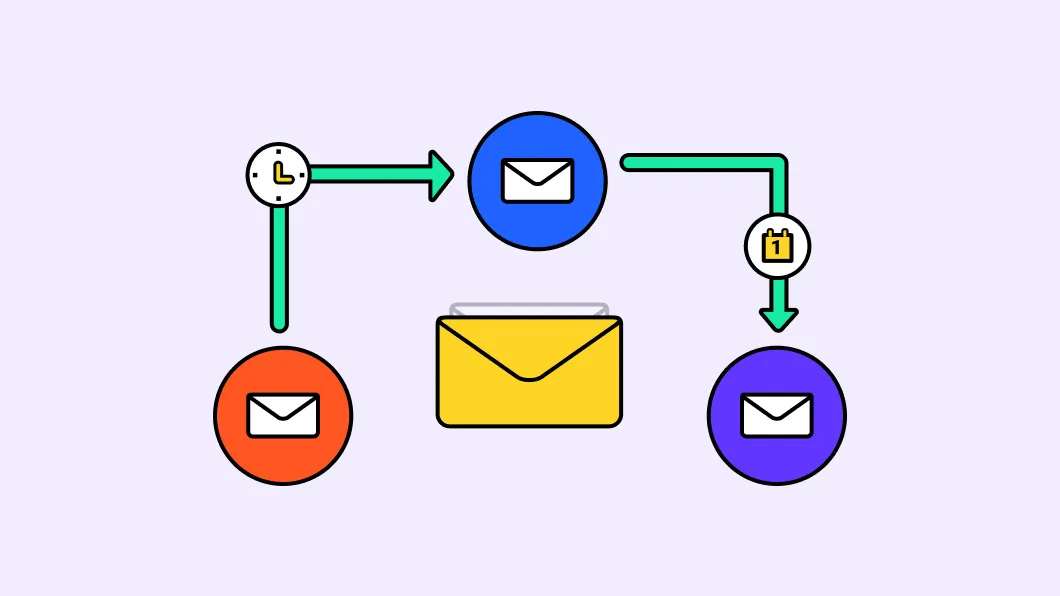
Email sequence software is a specialized type of marketing automation software designed to streamline the creation and deployment of email sequences.
These sequences are essentially a series of emails automatically sent to individuals or groups based on specific criteria such as behavior triggers, engagement levels, or position in the sales funnel. The primary purpose of email sequence tools is to:
Automate Communication: It allows for the scheduling and automatic sending of emails, such as welcome emails to new subscribers or follow-up emails after a purchase, reducing manual effort and ensuring timely engagement.
Personalize Interactions: By leveraging data management capabilities, the software enables businesses to send personalized messages, enhancing the relevance and impact of each email.
Optimize the Sales Process: Sales teams can utilize automated email sequence tools to maintain consistent communication with prospects, gently guiding them through the sales funnel without overwhelming or neglecting them.
Enhance Customer Engagement: Through targeted emails and personalized content, businesses can re-engage dormant customers, encourage repeat purchases, and build stronger relationships.
Why should you use an Automated Email Sequences Software
Automated email sequences play a pivotal role in modern marketing strategies by ensuring consistent communication with potential and existing customers. They allow businesses to:
Engage Customers at Every Stage: From welcoming new subscribers with a welcome email sequence to re-engaging dormant customers with a re-engagement email sequence, automated sequences cover every part of the customer journey.
Improve Sales Process Efficiency: Sales teams can leverage email sequences to send follow-up messages and sales emails, streamlining the sales process and improving conversion rates.
Better Personalization: With the ability to send personalized email sequences, businesses can deliver content that resonates with the individual interests and needs of their audience, leading to higher engagement rates.
Save Time and Resources: Automation software minimizes the need for manual intervention, allowing marketing teams to focus on strategy and content creation rather than repetitive tasks.
Email sequence tools is a crucial tool for any business looking to enhance its email marketing and sales engagement efforts.
Create email sequences, customizable email templates, and comprehensive analytics, companies can create more effective marketing campaigns, drive engagement, and ultimately achieve better results.
Top 10 Sales Email Sequence Software Tools for Sales Engagement
The right tools can make a significant difference in your team's productivity and efficiency. Email sequence software tools are designed to automate and streamline email campaigns, making it easier for sales teams to engage with prospects and customers effectively.
Here are some of the top tools in the market, each with its unique features and benefits:
Mixmax: Features and Benefits

Mixmax is a robust email automation software known for its comprehensive set of features designed to enhance sales engagement. Key features include:
Email Drip Campaigns: Automate your follow-up messages and ensure no prospect falls through the cracks.
One-Click Meeting Scheduling: Embed calendar links in your emails to reduce the back-and-forth often associated with scheduling meetings.
Email Tracking: Gain insights into who opened your emails, clicked on links, and engaged with your content.
Templates and Sequences: Use pre-built templates or create your own to standardize communication and save time.
Integration: Seamlessly integrates with CRM systems, enhancing your sales automation efforts and ensuring all customer interactions are logged.
Mixmax is ideal for sales teams looking to create targeted emails, streamline their sales process, and enhance engagement with minimal manual effort.
Outreach: Features and Benefits

Outreach stands out as a sales engagement platform designed to help sales teams close more deals. Its features include:
Automated Email Sequences: Set up multi-touch sequences that automatically send personalized emails and follow-ups to your prospects.
A/B Testing: Test different email templates and sequences to find what works best and optimize your outreach efforts.
Sales Intelligence: Get actionable insights into your prospects' behavior and preferences to tailor your approach.
CRM Integration: Keeps your CRM updated with all sales activities, ensuring that your sales team has the most current information at their fingertips.
Outreach is designed for sales teams that need a sophisticated tool to automate their outreach efforts, track engagement, and optimize their sales process.
Salesloft: Features and Benefits

Salesloft offers a powerful platform for sales engagement, providing sales teams with the tools they need to engage with prospects more effectively. Its features include:
Personalized Email Cadences: Create and automate personalized email sequences that resonate with your audience.
Sales Dialer: Integrated calling feature that allows sales reps to make and log calls within the platform.
Analytics and Reporting: Comprehensive analytics tools provide insights into the performance of your email sequences and sales activities.
Integration: Easily integrates with major CRM platforms, ensuring data consistency and access to comprehensive customer profiles.
Salesloft is best suited for sales teams looking for a comprehensive solution that not only automates email sequences but also provides tools for calling, analytics, and integration with CRM systems.
Groove: Features and Benefits

Groove is a sales engagement platform that focuses on simplicity and efficiency, making it easier for sales teams to connect with prospects. Its key features include:
Flows (Email Sequences): Automate your outreach with personalized email sequences, ensuring timely follow-ups and consistent engagement.
LinkedIn Integration: Connect Groove with your LinkedIn account for seamless social selling and engagement.
Collaboration Tools: Share successful templates and sequences with your team, fostering collaboration and best practices.
Analytics: Track the performance of your emails and sequences, allowing for data-driven adjustments to your strategy.
Groove is an excellent choice for sales teams that value a user-friendly interface, effective email automation, and the ability to integrate social selling into their outreach strategy.
InsideSales Playbooks: Features and Benefits
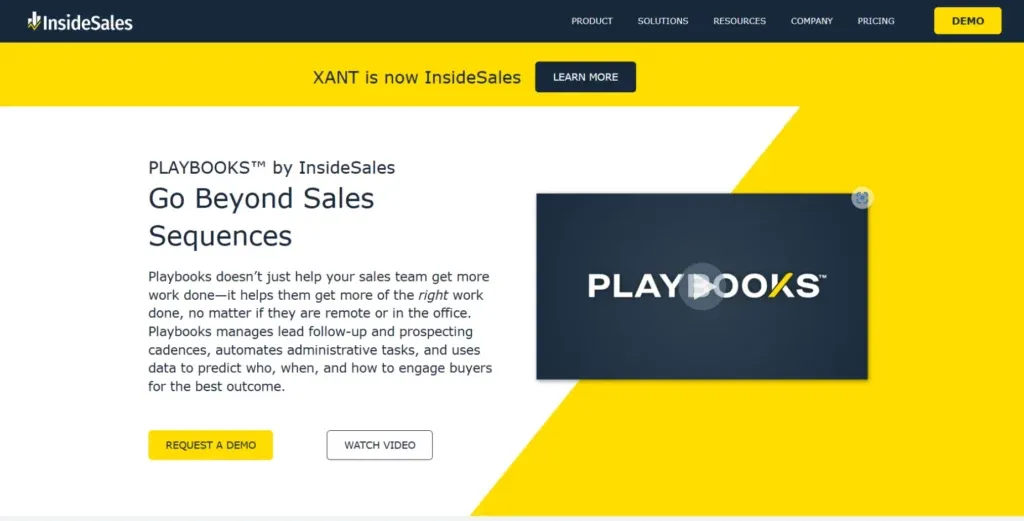
InsideSales Playbooks is designed to supercharge sales teams with its advanced email sequence and sales automation capabilities. Its standout features include:
Automated Email Sequences: Streamline your follow-up process with automated sequences that ensure consistent and timely communication with prospects.
Sales Playbooks: Access a suite of best practice templates and playbooks tailored to various sales scenarios, including follow-up messages and onboarding sequences.
Gmail Integration: Seamlessly works within your Gmail account, allowing sales reps to manage their email campaigns directly from their inbox.
AI-Powered Insights: Leverage AI to get predictive insights on the best times to send emails and follow-ups, increasing the chances of engagement.
CRM Synchronization: Keeps all customer interactions in sync with your CRM, providing a unified view of each prospect or customer.
InsideSales Playbooks is ideal for sales teams looking for an email sequence tool that not only automates email sequences but also provides AI-driven insights to optimize their sales process.
Yesware: Features and Benefits

Yesware is a powerful email tool for sales teams, known for its simplicity and effectiveness in managing email campaigns and sequences. Its key features include:
Email Campaigns and Sequences: Easily create and automate personalized email sequences, ensuring your follow-ups are timely and relevant.
Tracking and Analytics: Gain insights into email opens, clicks, and replies with detailed tracking features, helping you understand recipient engagement.
Templates: Utilize pre-designed templates for common sales scenarios, saving time and ensuring consistent messaging.
Integration: Offers seamless integration with Gmail and other email service providers, making it easy to manage your campaigns from your preferred email platform.
Free Plan: Yesware provides a free plan for smaller teams or individuals just getting started with email automation.
Yesware is best suited for sales teams and individuals who need a straightforward, effective tool for managing sales emails, tracking engagement, and automating follow-up sequences.
Klenty: Features and Benefits
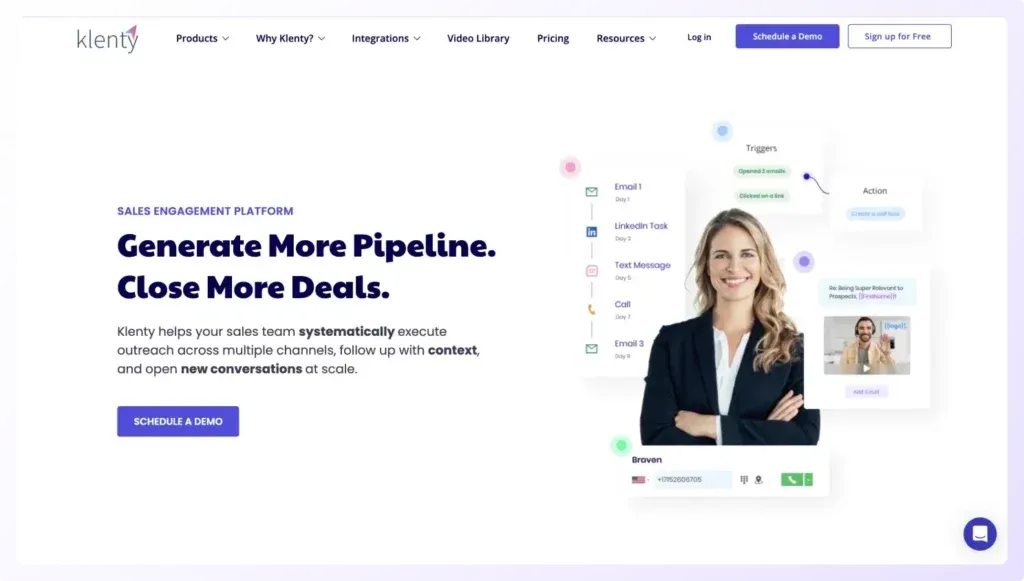
Klenty is a sales engagement platform that excels in helping sales teams automate their outreach and follow-up strategies. Notable features include:
Automated Email Sequences: Create and automate detailed email sequences that can include follow-ups, tasks, and calls, ensuring a comprehensive engagement strategy.
Gmail and Other ESP Integration: Works seamlessly with Gmail and other email service providers, allowing for easy management of email campaigns.
Personalization at Scale: Offers advanced personalization capabilities, enabling sales reps to send emails that feel one-on-one, even when reaching out to multiple clients.
A/B Testing: Test different versions of your emails and sequences to find what resonates best with your audience, optimizing your engagement rates.
Cadence Management: Manage multiple email sequence with ease, making it simple to run diverse campaigns for different segments of your audience simultaneously.
Klenty is an excellent choice for sales teams that require a versatile platform capable of managing complex email sequence, providing deep personalization, and integrating smoothly with their existing email accounts and CRM systems.
Overloop: Features and Benefits

Overloop (formerly Prospect.io) offers a comprehensive suite of tools designed to streamline the sales process through effective email automation and sequence management. Its standout features include:
Automated Email Sequences: Set up automated follow-up sequences that ensure your prospects receive timely and relevant communications, helping to move them through the sales funnel.
CRM Integration: Seamlessly integrates with your existing CRM system, ensuring all interactions are recorded and accessible, facilitating a unified approach to sales and marketing automation.
Personalization at Scale: Utilize dynamic personalization features to make each email feel custom-tailored, increasing engagement and response rates.
Sales Email Templates: Access a library of pre-built sales email templates that can be customized to fit your campaign needs, saving time while maintaining a high level of professionalism.
Tracking and Analytics: Comprehensive tracking capabilities provide insights into email opens, clicks, and responses, allowing for data-driven optimization of your email sequence.
Overloop is an ideal choice for sales teams looking for an all-in-one platform to create automated email sequence, manage leads, and gain valuable insights into their email marketing efforts.
HubSpot Sales Hub: Features and Benefits

HubSpot Sales Hub is part of HubSpot's extensive suite of marketing and sales tools, known for its ease of use and deep integration with HubSpot's CRM. Key features include:
Email Sequence Automation: Automate your email outreach with personalized follow-up sequences that save time and increase efficiency.
CRM Integration: Built on HubSpot's powerful CRM platform, ensuring seamless management of contacts and sales activities in one place.
Email Templates and Personalization: Use customizable email templates and personalization tokens to quickly create messages that resonate with your audience.
Email Tracking: Get real-time notifications when a prospect opens an email, clicks a link, or downloads an attachment, allowing for timely follow-ups.
Abandoned Cart and Onboarding Sequences: Easily set up specialized sequences such as abandoned cart and onboarding emails, nurturing leads and customers at critical moments in their journey.
HubSpot Sales Hub is best suited for businesses looking for a comprehensive sales and marketing solution that offers advanced email sequence capabilities, integrated CRM functionality, and a user-friendly interface.
QuickMail: Features and Benefits

QuickMail is a powerful email outreach tool designed specifically for cold email and follow-up sequences, making it a favorite among sales professionals and marketers. Its features include:
Automated Follow-Up Sequences: Create complex follow-up sequences that automatically send based on recipient actions, ensuring no lead is left behind.
Inbox Rotation: Rotate through multiple email accounts to ensure deliverability and avoid spam filters, maximizing your outreach efforts.
Auto-Warm Up Feature: Automatically warm up your email accounts to improve deliverability and maintain a positive sender reputation.
Advanced Personalization: Craft highly personalized emails at scale, using custom attributes and conditional content to speak directly to each recipient's needs and interests.
Detailed Analytics: Track the success of your email campaigns with detailed analytics on opens, clicks, replies, and more, allowing for continuous optimization.
QuickMail is an excellent option for sales teams and marketers focused on cold outreach and follow-up, offering advanced features to automate sequences, personalize communications, and track performance effectively.
Features You Should Consider in an Email Sequence Software
Choosing the right email sequence software is pivotal for amplifying your marketing efforts and bolstering your sales process.
The ideal platform should not only offer advanced automation capabilities but also foster seamless team collaboration, provide insightful analytics, and support the creation of highly personalized email sequences. Let's delve into the essential features that define top-tier email sequence software:
Built-in CRM to Create Personalized Email Sequences

A comprehensive marketing automation platform with a built-in CRM or robust integration with existing CRM systems is non-negotiable. This functionality is crucial for:
Deep Personalization: Harness detailed customer data to craft personalized messages, ensuring each email resonates with the recipient's unique needs and interests.
Customer Journey Mapping: Utilize insights into each customer's journey to tailor email sequences that engage at the right time, with the right message.
Collaborative Efficiencies: Empower your sales and marketing teams with a unified customer view, enhancing collaboration and ensuring consistent communication across multiple channels and touchpoints.
Automated Email Sequence
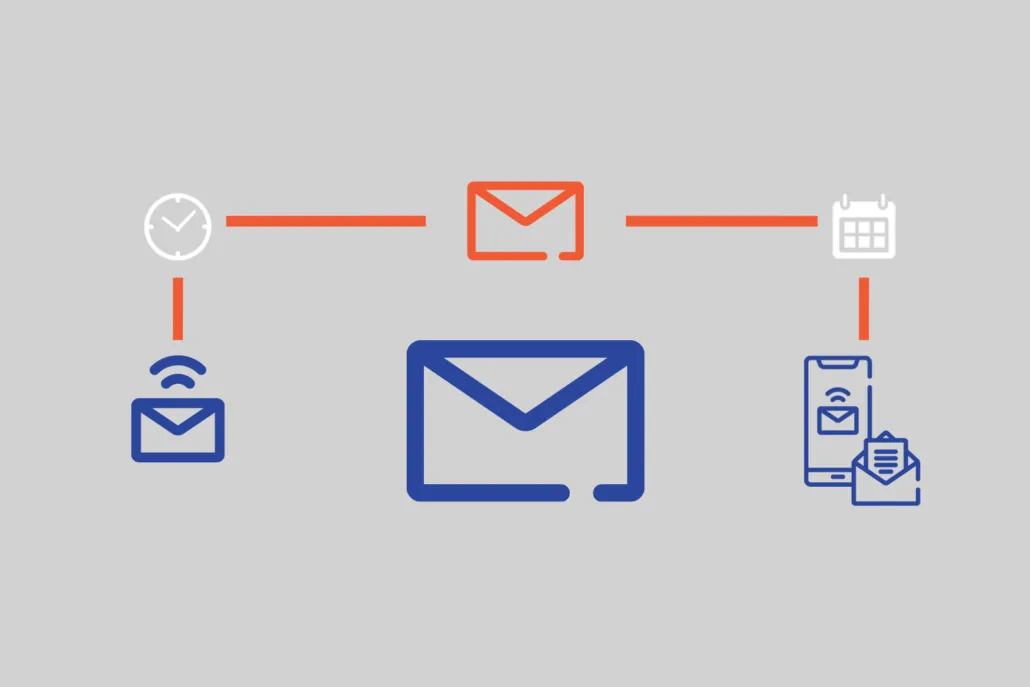
The core of effective email sequence software lies in its automation capabilities, which should include:
Trigger-based Emails: Set up automated sequences that activate based on specific user actions or engagement levels, from welcome email sequences for new subscribers to re-engagement sequences for inactive users.
Email Scheduling: Plan your engagement email sequences in advance, with options for timing customization to hit the inbox when your audience is most receptive.
Template Versatility: Access a library of customizable email templates designed for various purposes, from sales emails to follow-up messages, all optimized for positive sender reputation and avoiding spam filters.
Pricing Considerations for Email Sequence Software
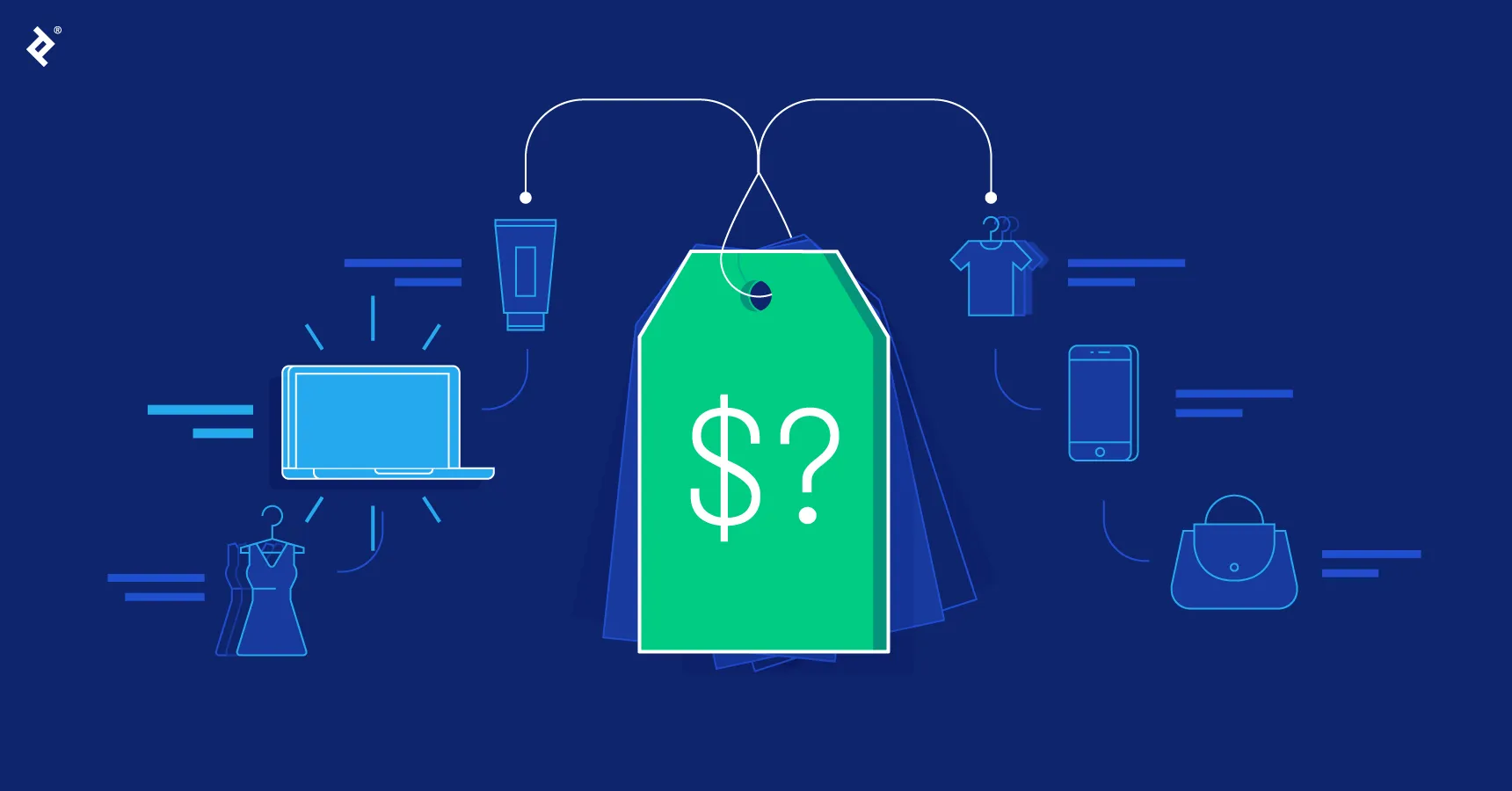
Your budget plays a significant role in your choice of email sequence software. It's important to consider:
Transparent Pricing Models: Opt for platforms with clear, scalable pricing structures that align with your business size and email volume, without hidden costs.
Value for Money: Evaluate the features offered against the price point, ensuring you're getting the functionalities you need, such as email tracking and A/B testing, without overpaying for superfluous features.
Trial Offers: Look for software that provides a free trial or a free plan, allowing you to test the tool's effectiveness in supporting your sales and marketing teams before committing financially.
Customizable Email Template Designs
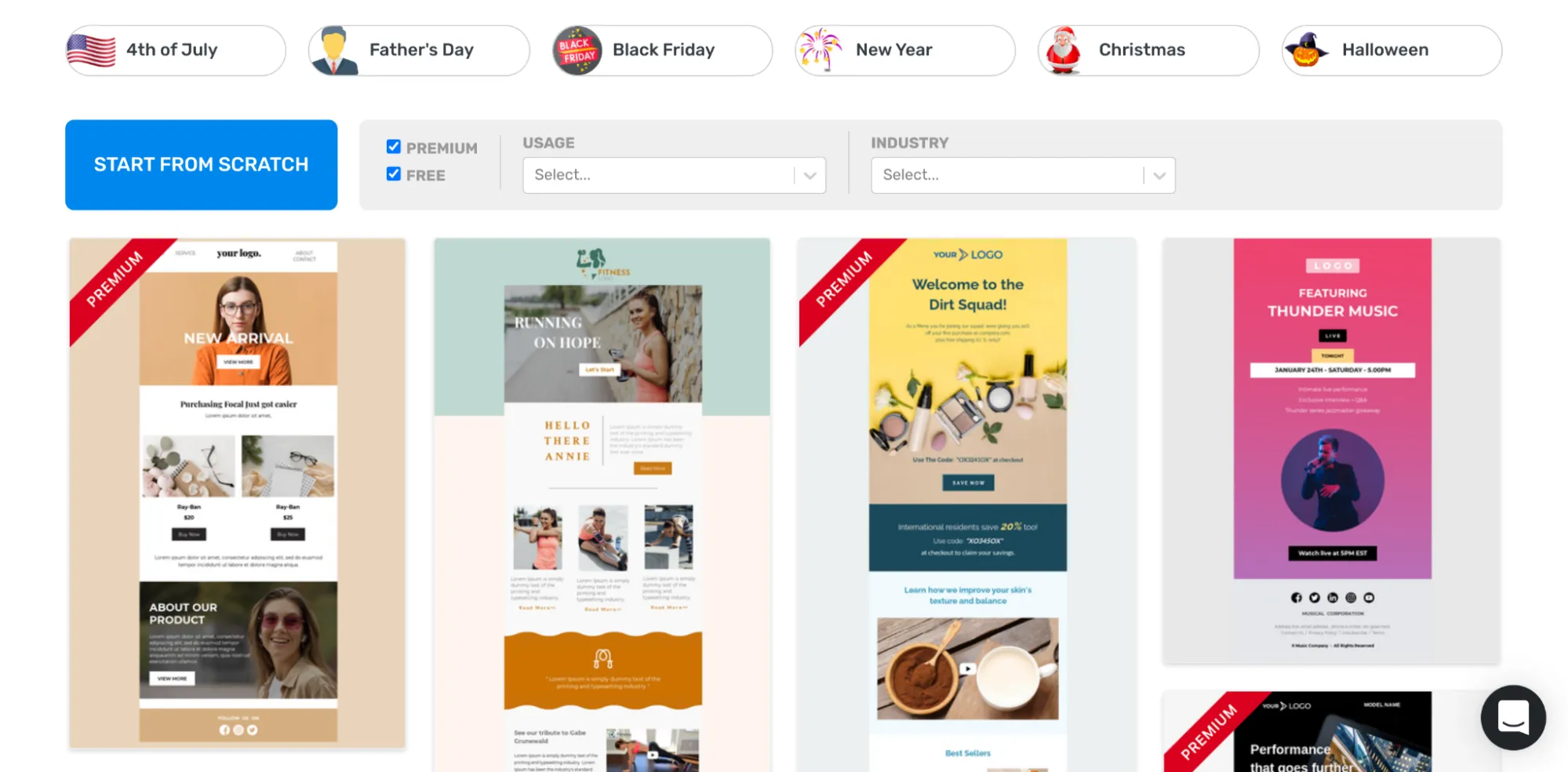
The best email sequence software offers extensive customization options for email templates, ensuring that every email you send is both professional and brand-aligned:
Design Flexibility: A user-friendly interface should allow for easy customization of email templates, enabling you to adapt pre-designed templates or create bespoke designs that reflect your brand identity.
A/B Testing Capabilities: Test various elements of your emails, from subject lines to email designs, to identify what resonates best with your audience and optimize for engagement.
Responsive Designs: Ensure that all templates are responsive and render well across devices, particularly on mobile, where a significant portion of emails are read.
Segmentation Capabilities

Segmentation is key to delivering targeted and relevant email sequences. Advanced segmentation capabilities allow you to:
Refine Targeting: Segment your audience based on a wide range of criteria, including demographic data, behavioral patterns, and engagement history, to send highly targeted emails.
Dynamic Content: Utilize segmentation to personalize content within your emails, tailoring messages, offers, and calls-to-action to the individual recipient.
Segmentation for Scale: Manage and segment multiple email accounts efficiently, ensuring personalized engagement even as your audience grows.
Reporting and Analytics for Email Sequences

In-depth analytics and reporting are indispensable for measuring the success of your email sequences and making data-driven decisions:
Performance Metrics: Track key performance indicators (KPIs) such as open rates, click-through rates, conversion rates, and more to gauge the effectiveness of your email sequences.
Behavioral Insights: Analyze customer interactions with your emails to understand preferences and behaviors, informing future segmentation and personalization strategies.
A/B Testing Results: Utilize analytics tools to evaluate the outcomes of A/B tests, refining your approach to subject lines, email content, and send times for optimal engagement.
Selecting the right email sequence software involves a careful assessment of these features, ensuring the platform not only meets your immediate needs but also supports your long-term marketing and sales objectives.
By prioritizing automation, personalization, user-friendliness, and analytical capabilities, you can choose a tool that maximizes the impact of your email marketing campaigns and drives meaningful engagement with your audience.
How to Create an Effective Email Sequences
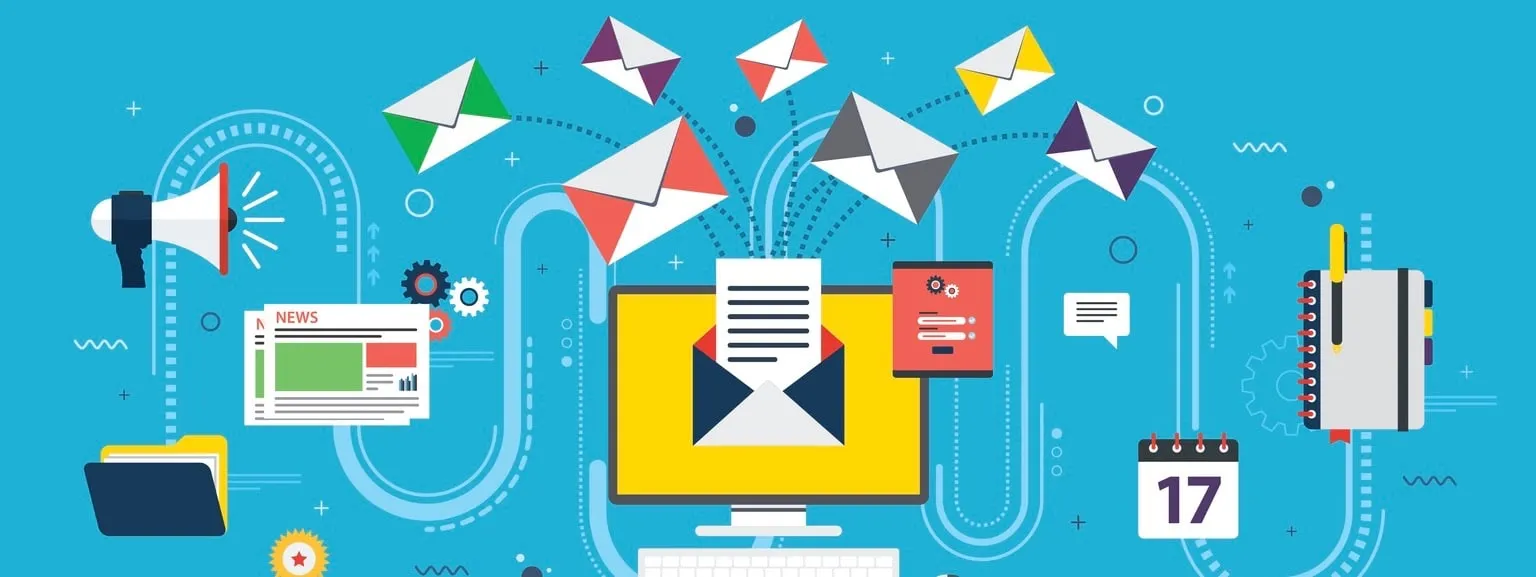
Crafting effective email sequences is pivotal in engaging your audience and driving conversions. By automating targeted communications, you can maintain consistent interaction with your clients, nurture leads, and boost sales.
Let's delve into the essentials of creating impactful email sequences.
What Is an Email Sequence? Understanding the Basics
An email sequence is a series of automated emails dispatched based on specific triggers or schedules. These sequences are designed to guide potential or existing customers through a predefined journey, from initial engagement to post-purchase follow-up.
Key types include welcome sequences, onboarding emails, abandoned cart reminders, and follow-up sequences. Effective use of pre-built or pre-designed email templates can streamline the creation process, ensuring consistency and professionalism across your campaigns.
Why Should You Use Email Sequences? Exploring the Benefits
Email sequences offer numerous advantages, including:
Consistent Engagement: Automated sequences ensure regular communication with your audience, keeping your brand top of mind.
Personalized Interaction: Tailoring content to the recipient's interests and behaviors increases relevance and engagement.
Efficient Lead Nurturing: Gradually educate and warm up leads, moving them down the sales funnel towards conversion.
Scalability: Automate communications for multiple accounts or clients, enhancing your capacity to engage without additional workload.
How to Plan and Implement Your Email Campaign
Effective planning is the cornerstone of successful email sequences. Start by:
Defining Your Objectives: Clearly articulate what you aim to achieve, whether it's boosting sales, nurturing leads, or enhancing brand awareness.
Segmenting Your Audience: Use data to categorize your audience based on demographics, behavior, or purchase history, allowing for more targeted communication.
Choosing the Right Triggers: Determine what actions or milestones will initiate a sequence, such as signing up for a newsletter or abandoning a cart.
Selecting an Email Sequence Tool: Opt for email marketing software that supports automation, offers user-friendly interfaces, and integrates with other tools like CRM systems or Google Workspace.
Crafting Effective Emails with Personalized Content
The content of your emails plays a crucial role in the success of your sequences:
Start with a Strong Subject Line: Your email subject line should be compelling and clear, enticing recipients to open the email.
Personalize Your Message: Use the recipient's name and tailor the content to their interests and past interactions with your brand.
Provide Clear Value: Each email should offer something beneficial, whether it's valuable information, exclusive offers, or relevant updates.
Include a Call-to-Action: Guide recipients on what to do next, whether it's visiting a particular page, making a purchase, or replying to the email.
Testing and Optimization of Automated Email Sequences
Continuous improvement is key to maximizing the effectiveness of your email sequences. Employ these strategies:
A/B Testing: Experiment with different subject lines, email content, and send times to see what generates the best results.
Monitor Email Performance: Use email tracking to assess open rates, click-through rates, and conversions, identifying areas for enhancement.
Adjust Based on Feedback: Analyze how recipients interact with your emails. If certain messages have high drop-off rates, consider revising the content or sequence structure.
Navigate Spam Filters: Ensure your emails reach the primary inbox by avoiding spam-triggering phrases and encouraging recipients to whitelist your email address.
By adhering to these guidelines and continuously refining your approach based on data and feedback, you can create effective, engaging email sequences that resonate with your audience and drive your desired outcomes.
What are the Types of Email Sequences
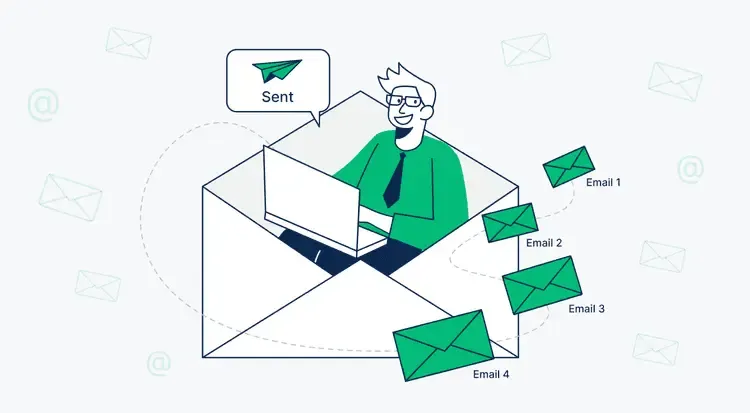
Email sequences are automated series of emails sent based on predefined triggers or schedules, pivotal in nurturing leads, engaging customers, and driving conversions.
This direct approach to email marketing leverages various types of sequences, each designed to achieve specific objectives along the customer journey. Understanding and implementing these sequences effectively can significantly enhance your email marketing efforts.
Welcome Email Sequence
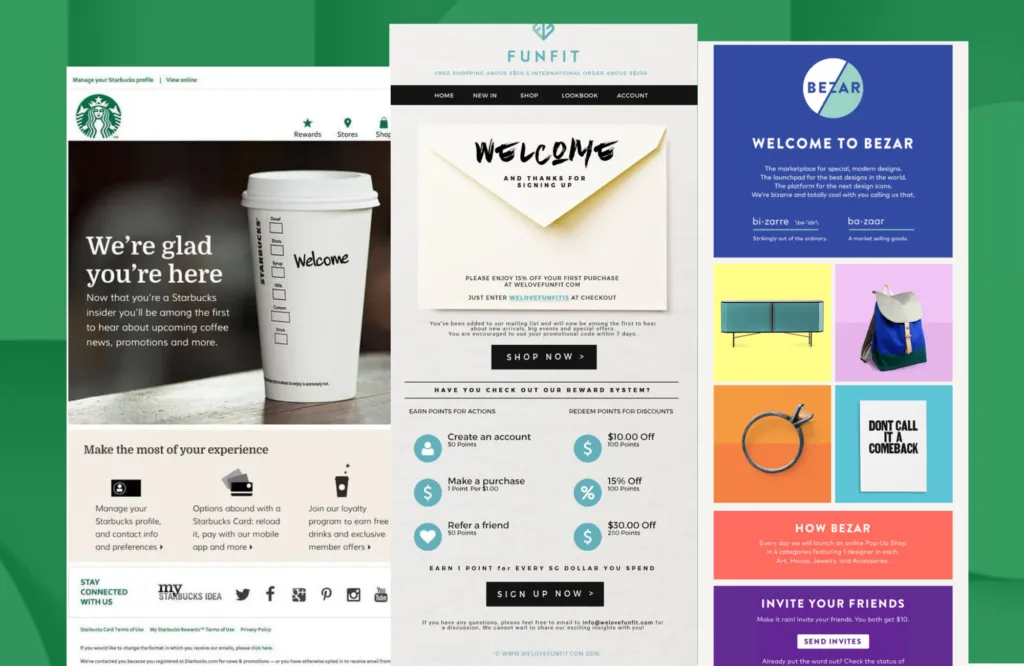
The welcome sequence is often the first point of contact with a new subscriber, setting the tone for future communications. It usually kicks off with a thank-you email, acknowledging the subscription and expressing gratitude.
This is followed by emails that introduce the brand's story, values, and what the subscriber can expect in terms of content, offers, and frequency.
A good welcome sequence will leverage pre-built email templates to maintain brand consistency and efficiency, ensuring a professional and engaging introduction to new members of your community.
A welcome sequence is the first step in building a relationship with new subscribers. It typically includes:
- An introductory email thanking the subscriber for joining and outlining what they can expect.
- Follow-up emails providing valuable content, introductions to key products or services, and invitations to connect on other platforms.
- Utilization of pre-built email templates to ensure brand consistency and efficiency.
Nurture Email Sequences
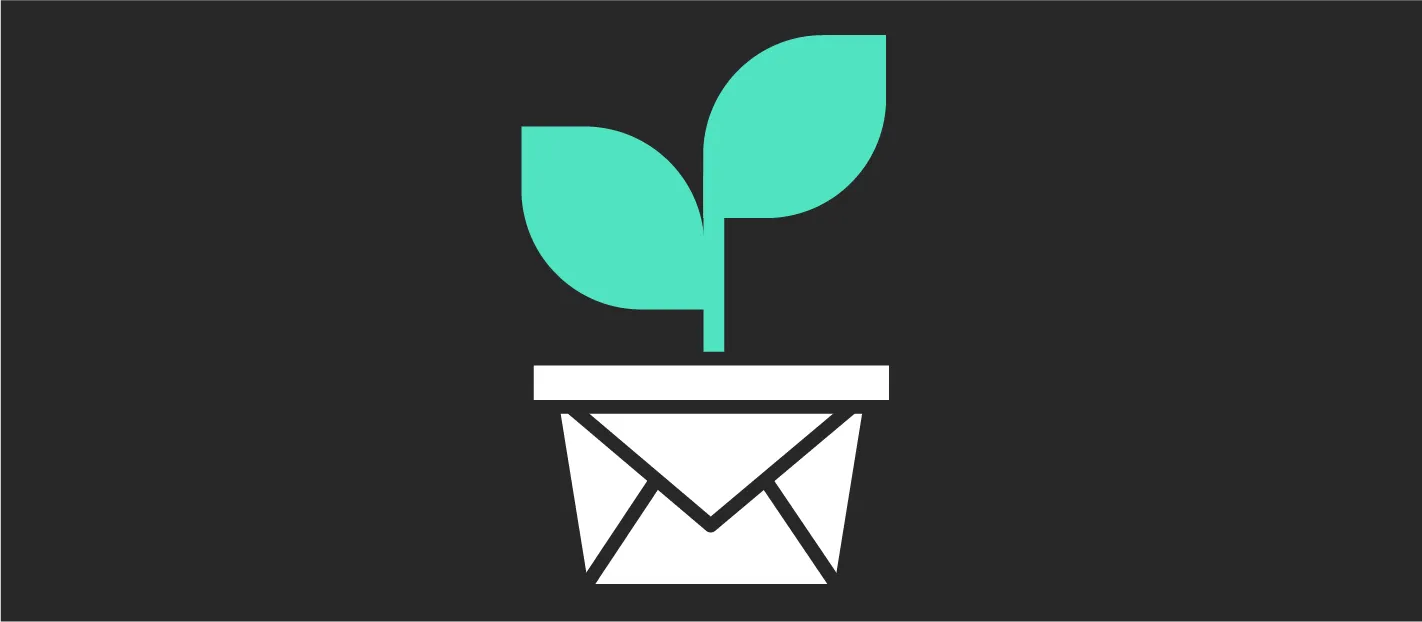
Nurture sequences are crafted to educate and provide continuous value to your subscribers, gently guiding them towards making informed decisions about your products or services.
These emails are content-rich, offering insights, tips, and resources relevant to the audience's interests and needs. They're scheduled strategically to keep subscribers engaged over time, using email scheduling features to deliver content at the most opportune moments.
The goal is to build trust and establish your brand as a thought leader in your industry.
Nurture sequences are designed to educate and provide value to your audience, gradually leading them toward a conversion. They include:
- Educational content, industry insights, and how-to guides relevant to the subscriber's interests.
- Soft promotions interspersed with valuable content to introduce products or services without hard selling.
- Email scheduling to ensure content is delivered at optimal times for engagement.
Re-engagement Campaigns

Re-engagement campaigns target subscribers who have become inactive or less responsive. These campaigns aim to reignite interest with compelling content, personalized offers, or updates about new products or services.
The success of a re-engagement campaign often hinges on the creativity of the subject lines and the personalization of the content, making each email feel tailored to the individual recipient.
These campaigns are crucial for maintaining a clean and engaged email list, ensuring your marketing efforts reach those most interested in your brand.
These campaigns aim to rekindle interest among subscribers who have become inactive or less engaged. Key elements include:
- Enticing subject lines and personalized content to capture attention.
- Special offers or updates to spark interest.
- A clear call-to-action, such as feedback requests or enticing offers, to encourage interaction.
Post-Purchase Follow-Ups
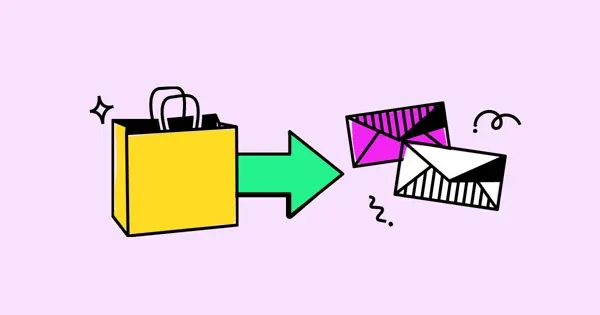
Post-purchase follow-ups are designed to enhance the customer experience after a transaction. The initial email in this sequence often includes a thank you message, order confirmation, and what the customer can expect next in terms of delivery or service activation.
Subsequent emails might offer additional resources or products related to the initial purchase, aiming to increase customer satisfaction and loyalty.
This sequence is an opportunity to cross-sell related products and turn a one-time buyer into a repeat customer.
Post-purchase sequences enhance the customer experience and encourage loyalty. They typically involve:
- A thank-you message post-purchase and information on what the customer can expect next.
- Tips on how to get the most out of the purchased product or service.
- Cross-sell recommendations based on the initial purchase.
Abandoned Cart Email Sequence

Abandoned cart sequences are critical for e-commerce businesses, designed to recapture the attention of customers who left items in their shopping cart without completing the purchase.
The first email is usually a simple reminder of the abandoned items, often including images and a direct link back to the cart. Follow-up emails might offer additional incentives, like discounts or free shipping, to encourage the customer to finalize their purchase.
Email tracking tools are essential here to analyze the effectiveness of these reminders and adjust the strategy as needed.
Abandoned cart sequences aim to recover potentially lost sales by reminding customers of items they left in their cart. These sequences often include:
- A reminder email with a visual and link back to the abandoned cart.
- A follow-up with an incentive, such as a discount or free shipping, to encourage completion of the purchase.
- Email tracking to monitor the effectiveness of these reminders.
Upsell & Cross-Sell Email Sequence

Upsell and cross-sell sequences aim to maximize the value of existing customers by offering upgrades or additional products that complement their previous purchases.
These emails should be highly personalized, based on the customer's purchase history and preferences, and present the additional offerings as solutions that meet their needs or enhance their experience with your product.
Clear and compelling calls-to-action are crucial to encourage exploration of the new offerings and drive additional sales.
These sequences target existing customers with offers to upgrade or purchase related products. They feature:
- Personalized recommendations based on past purchases or browsing behavior.
- Special offers or bundles that provide added value to the customer.
- Clear, compelling calls-to-action that encourage the customer to explore the offer.
Lead Nurturing Email Sequence
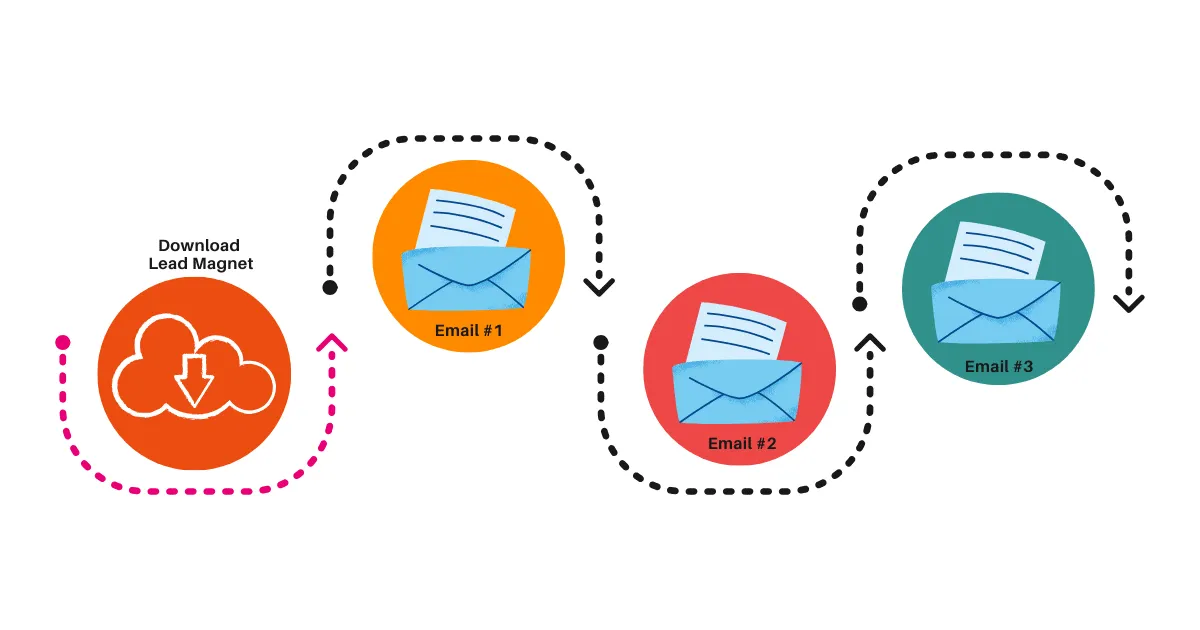
Lead nurturing sequences focus on moving potential customers further down the sales funnel. These emails provide valuable content that addresses common questions, concerns, and objections related to your products or services.
Including testimonials or case studies can help build trust and credibility, showcasing the benefits and results others have achieved.
The sequence should gradually guide leads toward making a purchase, with each email designed to address different stages of the decision-making process.
Designed to convert leads into customers, these sequences include:
- Content that addresses common questions or concerns related to your offering.
- Testimonials or case studies to build trust and credibility.
- Soft calls-to-action leading the lead closer to a purchase decision.
Onboarding Email Sequence

The onboarding sequence is essential for ensuring new customers or users have a positive initial experience with your product or service.
It typically includes a series of instructional emails that guide the user through the setup process, highlight key features, and offer tips for getting the most out of their purchase.
Regular check-ins can help identify any issues or questions, offering support and reinforcing the decision to choose your brand.
Onboarding sequences help new users or customers get started with your product or service, featuring:
- Step-by-step guides or tutorials tailored to the new user's needs.
- Tips and best practices for success with your product or service.
- Check-ins to solicit feedback and offer assistance.
Feedback Email Sequence

Soliciting feedback from customers is invaluable for improving products, services, and customer experience. Feedback sequences make this process systematic, sending emails that invite customers to share their thoughts and experiences.
Providing a clear reason why their feedback is important and how it will be used can increase response rates.
Making the feedback process as easy as possible, through user-friendly interfaces or simple survey tools, ensures that customers are more likely to participate.
Feedback sequences are crucial for gathering insights from customers, consisting of:
- A direct request for feedback on a recent purchase or interaction.
- Incentives or reasons why providing feedback is valuable for the customer.
- A streamlined, user-friendly process for submitting feedback, ensuring higher response rates.
In crafting these email sequences, it's essential to utilize the best email sequence software that offers robust features like email automation, A/B testing, email tracking, and integration with email service providers.
These tools enable the creation of automated email sequences that resonate with your audience, whether it's through Gmail accounts or other platforms.
Marketing automation becomes a streamlined process, allowing for the efficient management of multiple accounts and ensuring each email lands in the primary inbox, avoiding spam
Best Practices for Email Sequences

Effective email sequence are crucial for maintaining engagement, nurturing leads, and driving conversions. By adhering to best practices in content creation, timing, and continuous improvement, businesses can optimize their email marketing efforts for better results.
Content Strategies for Engaging Email Sequence
Creating compelling content is at the heart of successful email sequences. Here's how to ensure your content resonates:
- Personalization: Go beyond using the recipient's name. Tailor content based on their behaviors, preferences, and past interactions. Good email sequence software enables advanced segmentation for deeper personalization.
- Value-Driven Content: Each email should offer clear value to the recipient, whether it's educational content, exclusive offers, or relevant updates.
- Clear and Concise Messaging: Keep your emails focused and to the point. Avoid overwhelming recipients with too much information in a single message.
- Strong Calls-to-Action (CTAs): Every email should have a clear CTA, guiding recipients on what action you want them to take next.
- Engagement Email Sequence: Use sequences designed to boost engagement, such as abandoned cart sequences for e-commerce or onboarding sequences for new sign-ups, to keep your audience interested and active.
Timing and Frequency: Maximizing Engagement
The timing and frequency of your emails can significantly impact their effectiveness. Consider the following:
- Optimal Send Times: Use your email marketing software's analytics to determine the best times to send emails for your specific audience.
- Frequency Balance: Find the right balance in email frequency to keep subscribers informed without overwhelming them. Adjust based on engagement levels and unsubscribe rates.
- Lifecycle Stages: Adjust the timing and frequency of your emails based on where recipients are in the customer journey. New leads might require more frequent communication, while long-term customers might appreciate less frequent, but more meaningful, updates.
- Follow-Up Sequences: Automate follow-up messages to ensure timely engagement after a recipient's action, such as a purchase or sign-up, enhancing the customer experience.
Continuous Improvement Through Analytics and Reporting
Leveraging analytics and reporting is essential for refining your email sequence over time. Key considerations include:
- Performance Metrics: Regularly review key performance indicators (KPIs), such as open rates, click-through rates, conversion rates, and unsubscribe rates, to gauge the effectiveness of your email sequence.
- A/B Testing: Continuously test different elements of your emails, including subject lines, content, and send times, to optimize performance. Many email sequence tools offer built-in A/B testing capabilities.
- Feedback Loops: Encourage and monitor feedback from your subscribers to understand their preferences and pain points, adjusting your strategies accordingly.
- Benchmarking: Compare your performance against industry benchmarks to identify areas for improvement and set realistic goals.
Conclusion
Email sequence software stands as an indispensable tool for businesses aiming to nurture leads, boost sales, and maintain meaningful engagement with their audience. This conclusion will encapsulate the critical aspects of such software and offer final insights for leveraging email sequences effectively.
Summary of Key Points Regarding Email Sequence Software
Email sequence software enables businesses to create, automate, and optimize a variety of email sequences, from onboarding new subscribers to re-engaging dormant customers. Key features of the best email sequence software include:
- Automated Email Sequences: The ability to automate sequences, such as follow-up messages and abandoned cart emails, saves time and ensures consistent communication with your audience.
- Personalization and Segmentation: Advanced personalization features allow for the creation of highly targeted emails, enhancing engagement and conversion rates.
- Integration with Other Tools: Seamless integration with CRM systems, e-commerce platforms, and other marketing tools provides a cohesive and efficient workflow.
- Analytics and Reporting: Detailed analytics offer insights into the performance of your email campaigns, allowing for data-driven decisions and continuous optimization.
- User-Friendly Interface: A straightforward and intuitive interface makes it easy to design engaging emails, create sequences, and monitor campaigns, even for users with limited technical expertise.
These capabilities underscore the importance of selecting the right email marketing software to support your business's specific needs and marketing goals.
Final Thoughts and Recommendations for Effective Email Sequences
To maximize the impact of your email marketing efforts, consider the following recommendations:
- Leverage Automation Wisely: Automate routine communications and follow-ups, but ensure your emails retain a personal touch that resonates with your audience.
- Focus on Content Quality: Craft compelling and relevant content for each segment of your audience, aligning your messaging with their interests and needs.
- Monitor and Optimize: Regularly review your campaign performance, conduct A/B tests, and adjust your strategies based on analytics to continually improve your email sequences.
- Stay Compliant: Ensure your email marketing practices comply with regulations such as GDPR and CAN-SPAM, respecting your subscribers' preferences and privacy.
- Choose the Right Software: Invest in the best email sequence software that aligns with your business size, industry, and specific marketing objectives, considering factors like scalability, support, and ease of use.
Effective sales email sequences are more than just automated communications; they are a strategic tool for building relationships, driving engagement, and achieving business goals. By leveraging the power of email sequence software and adhering to best practices, businesses can craft impactful email campaigns that resonate with their audience and deliver measurable results.





.jpg)

.jpg)
